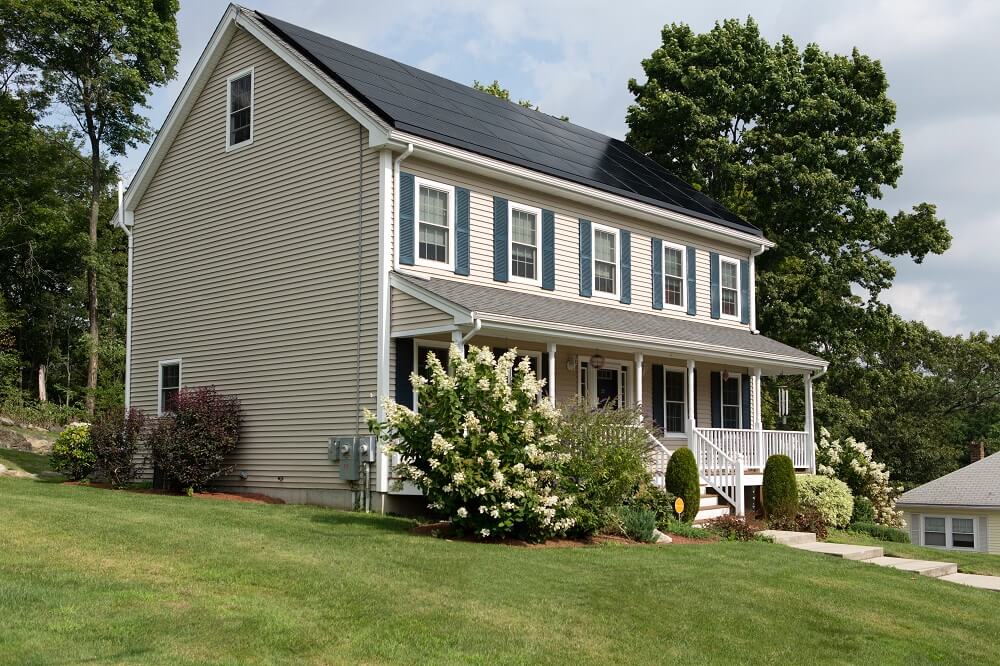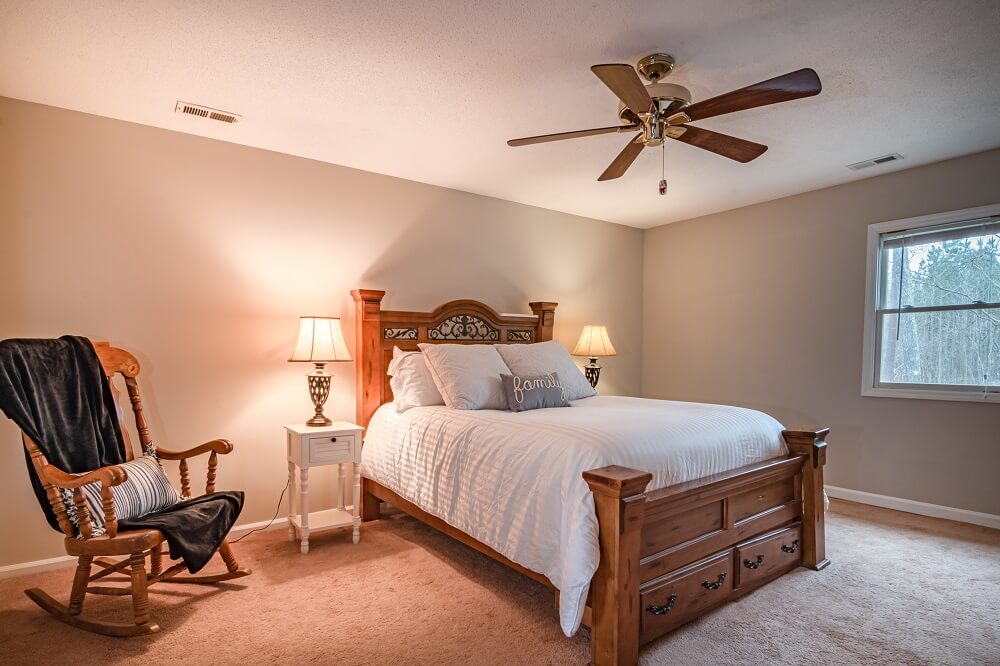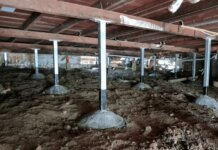In this day and age, there is a lot you can do when it comes to incorporating a more sustainable approach to your daily life and habits. Like all positive life changes, it is best if you first start implementing good practices and lifestyle changes in your home. If you are looking forward to finding out more about how you can do that, take a look at ways to make your home more sustainable in this article.
Essentially, there are several ways you can work towards making your living space more sustainable. Some are significant changes, such as switching to more eco-friendly heating or cooling systems. Another option is making small steps such as purchasing an organic compost that will make the remains of your cooking adventures safe for the environment.
Even if you do not currently have the resources to overhaul your home to make it as sustainable as possible, keep in mind that even small changes make a big difference.
Let’s take a look at what you can do.
1. Solar is the way to go
And no, we do not mean space travel. What we have in mind should be grounded both in common sense and on the rooftop of your home. If you happen to live in a warm climate, adding solar panels to your roof is a sustainable way to create electricity to power your appliances.
This is a great way to reduce your climate impact and, at the same time, save a lot of money on the electricity bill! Some people opt for doing a trial run by placing solar panels on their garden sheds, which allows them to keep track of their long-term efficiency.
But, there are a few things to keep in mind before installing solar panels into your home. First of all, it is recommended you get a professional to assess if your home is an adequate candidate for a solar-powered energy system. Not every roof is appropriate for this type of machinery – tiled, or slated roofs are considerably harder to adjust for this purpose. Also, it’s necessary to estimate the state of your roof and decide if there is need for reparations.

Also, you have to consider the direction your roof is facing the sun – ideally, it should be oriented towards north or north-west. In order to reach the maximum potential of your solar paneling system, your home should be positioned so that it catches the rays for most of the day.
In case there is too much shade, you might get an unfavorable evaluation from your solar expert. In this case, give up the idea and read on to find out about other ways to make your home more sustainable.
2. Smart and sustainable water solutions
If you decide to install a solar panel system, you might want to consider connecting it to your water heater so that you can heat your water via solar energy. Another way to increase your home’s sustainability is to use rainwater tanks to reduce water consumption from main water supplies.
Apart from such large-scale changes, simple lifestyle changes can also help. For instance, washing your car or watering your garden can also be done with rainwater collected in buckets beforehand.

3. Implement natural cooling solutions into your home
It may come as a surprise that you can cool your home without resorting to unsustainable appliances and systems such as your air conditioning unit. One of the simpler solutions is to redesign your home so that you can rely on cross ventilation to do the cooling instead of your air-con.
This means that you can cool your home by opening your windows at night and allowing the pressure to pull out the heat outside and let the fresh night air into your home instead. As simple as it may sound, this type of cooling can be as efficient as you need it to be when implemented correctly. You may install fly screens, shutters, or glazed windows to isolate your living space and thus increase your home energy efficiency.
4. Good insulation is one of the ways to make your home more sustainable
Similarly to cooling, good insulation in your home is an essential factor that promotes keeping the warm air inside. Investing in good quality windows and front doors should maximize your heating potential and reduce your household bills in the winter months.
Other ways you can improve your insulation include installing concrete floors or walls when building your house. Although this may seem like a large financial investment, you will notice many benefits a few years down the line, both in financial terms and the quality of life.
Also, if you are just moving in, you have two options there. The first one is to rely on a reliable and eco-friendly moving crew. When choosing the right movers for you, you must consider your options carefully. You need to do your research, evaluate your candidates, and get an estimate to see how much it will cost you. You also need to understand what type of moving estimate you have gotten, so there are no surprises later on. If you decide that hiring a moving company is not for you, the alternative is to move your belongings on your own, save some money, and invest it in making your home greener.
You might also consider installing a fan with a counter-clockwise spinning option, which is an inexpensive way to circulate the heated air down and around the room. In this way, your heater can be set to a low heating mode, and the fans can help circulate the heat around your rooms.

5. Plants, plants, plants
There is hardly a better way to go green than plant more plants in and around your home. The benefits are numerous – not only are you contributing to the cause, but you are also purifying your air, reducing the noise coming in from the streets, and even lowering your stress and anxiety levels. Some homeowners even install hydroponic gardens into their homes, which is a great way to make your home greener and, thus, more sustainable.
6. Buy eco-friendly home appliances
One of the most effective ways to increase sustainability of your home is to switch to eco-friendly devices and appliances. You might also consider using soaps and washing liquids made of natural ingredients.
Apart from all this, you can also reduce your carbon footprint by buying fewer clothes, wearing clothes made of durable, quality materials, or shopping second-hand. Generally, reducing the amount of waste you create is an excellent way to make your home more sustainable and lead a more environmentally friendly lifestyle.








